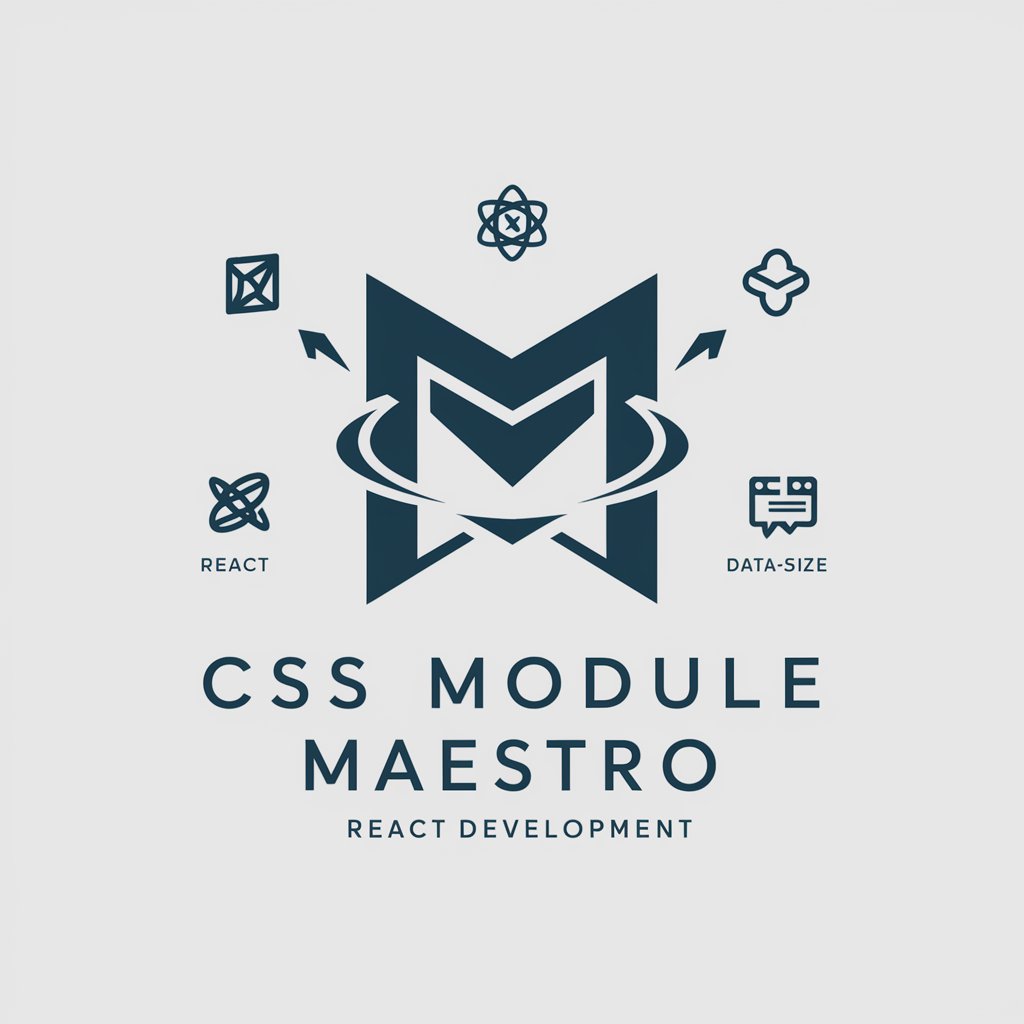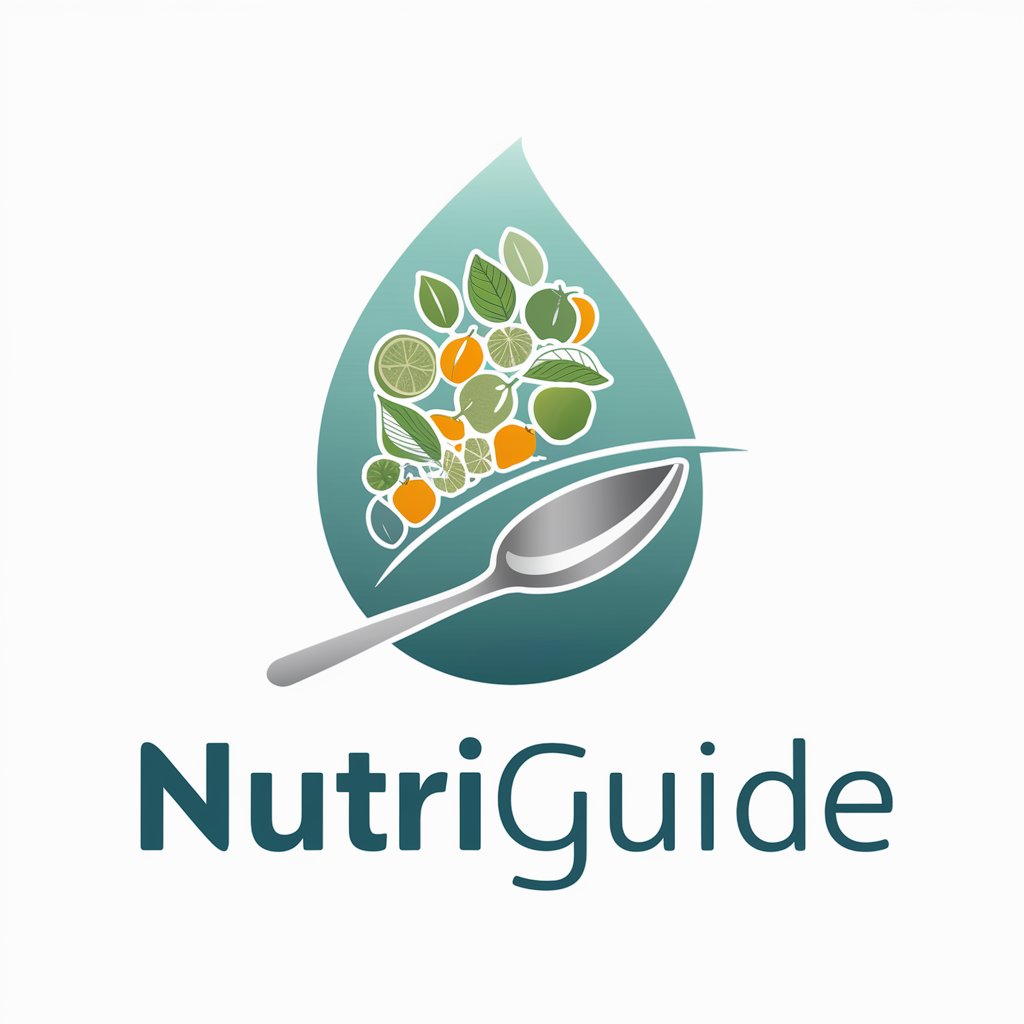
SEO attributes - SEO Attribute Optimization

Welcome! Ready to optimize your content?
Empower Your Content with AI-Driven SEO
Write an engaging introduction for an article about...
Optimize the following blog post for search engines...
Generate SEO-friendly content for a website about...
Create a meta description for an article titled...
Get Embed Code
Understanding SEO Attributes: Essential Functions and Design Purpose
SEO attributes are designed to optimize web content to enhance its visibility and ranking on search engines like Google. These attributes include SEO titles, meta descriptions, focus keywords, and trending keyword tags, each playing a distinct role in SEO strategy. For example, the SEO title is crafted to be catchy and include primary keywords to improve search rankings and attract clicks. Meta descriptions provide concise summaries of the webpage's content, incorporating focus keywords to boost relevance. Trending keywords are current and popular terms that help content remain relevant and visible in search engine results. FAQs are integrated to address common queries directly, improving the user experience and potentially increasing the page's authority and relevance. Powered by ChatGPT-4o。

Core Functions of SEO Attributes and Their Application
SEO Title Optimization
Example
For a blog post titled 'Healthy Eating on a Budget', an optimized SEO title might be '10 Affordable Healthy Eating Tips for Budget-Conscious Families'.
Scenario
This function is applied when creating or updating content to ensure that the title is not only descriptive and relevant but also includes key phrases that potential readers are searching for.
Meta Description Crafting
Example
For the same blog post, a meta description could be 'Discover top affordable healthy eating tips that keep your family's nutrition on track without breaking the bank. Learn more today!'
Scenario
This is used to provide a snapshot of the article's content in search results, enticing readers to click through while using targeted keywords to boost search relevance.
Focus Keyword Integration
Example
Choosing 'affordable healthy eating' as a focus keyword for the article ensures the content is strategically aligned with search queries.
Scenario
This keyword is consistently used throughout the content to signal to search engines the primary topic and improve the content’s search ranking for that specific term.
Incorporation of Trending Keywords
Example
If 'budget meals' becomes a trending search term, integrating this into the blog can enhance visibility.
Scenario
Regularly updating content to include trending terms keeps the webpage relevant and more likely to appear in dynamic search landscapes.
FAQ Optimization
Example
Adding a section with FAQs like 'How to eat healthy for less?' directly addresses common user inquiries, enhancing user engagement.
Scenario
FAQs help in directly answering search queries which can boost the content’s presence in rich search results and voice search.
Target User Groups for SEO Attributes Services
Content Creators and Bloggers
These users frequently produce articles, blogs, and web content that need to rank well in search engines to attract traffic. SEO attributes assist them in crafting keyword-rich, compelling titles and descriptions that improve their content's search visibility.
Digital Marketing Specialists
Marketing professionals utilize SEO attributes to ensure that the content across various platforms is optimized for search engines, thereby increasing the organic reach of their marketing campaigns and supporting lead generation efforts.
Small to Medium Business Owners
For businesses aiming to establish an online presence, using SEO attributes can significantly enhance their visibility and attract more potential customers by ensuring that their product or service listings are optimized for search queries related to their industry.
SEO Agencies and Freelancers
These groups specialize in providing SEO services and need comprehensive tools to diagnose and enhance the SEO performance of their clients’ websites. SEO attributes serve as fundamental components in their optimization toolkits.

Guide to Using SEO Attributes
Begin a free trial
Start by accessing yeschat.ai for a free trial. No login or ChatGPT Plus subscription is required.
Explore tool capabilities
Familiarize yourself with the tool's features such as SEO title optimization, meta descriptions, keyword suggestions, and FAQ generation.
Identify your content needs
Determine the type of content you want to optimize. Whether it's blog posts, articles, or web pages, understanding your content helps tailor the SEO efforts.
Input your content
Enter the title and content of your article into the tool to receive SEO recommendations tailored to your specific needs.
Apply SEO enhancements
Use the provided SEO attributes to modify your content. Apply the SEO title, meta description, and keywords effectively to improve search engine rankings and visibility.
Try other advanced and practical GPTs
TaRoT cARd CreAToR
Explore Mystical AI Tarot Readings

Card Crafter
Craft Your Creativity with AI

Card Wordsmith
Personalizing Every Occasion with AI

Card Crafter
Craft Your Strategy, Conquer the Grid

Insta-Card
Craft Cards with AI Flair

Card Learner
Learn Smarter, Not Harder with AI

Expert: React, CSS Modules with data-attributes
Tailor React styling with AI-driven CSS Modules.

Attribute Auto-Dynamics
Design Dynamically, Adapt Automatically

NutriGuide
Custom Nutrition, AI-Powered

Attribute Extrapolator
Discover. Analyze. Innovate.

Seismic Attribute Assistant
Transforming seismic analysis with AI power

Writing Style Attribute Coach
Style Your Words with AI

Frequently Asked Questions about SEO Attributes
What are SEO attributes?
SEO attributes include elements like SEO-optimized titles, meta descriptions, focus keywords, trending keywords, and generated FAQs. These elements help improve the visibility and ranking of content on search engines.
How do I choose the right keywords?
Select keywords based on relevance to your content, search volume, and competition. Use tools to analyze these factors and incorporate keywords naturally into your content.
Can SEO attributes improve website traffic?
Yes, properly implemented SEO attributes can significantly improve organic search visibility, attracting more traffic to your website.
How often should I update my SEO attributes?
SEO attributes should be reviewed and updated regularly to adapt to changing search engine algorithms and trends in user behavior.
What makes a good meta description?
A good meta description provides a clear, concise summary of the webpage's content, incorporates target keywords, and encourages users to click through from the search engine results page.





